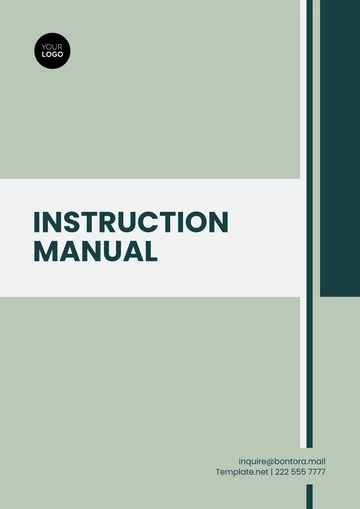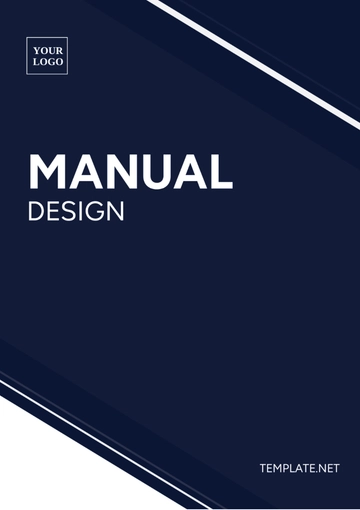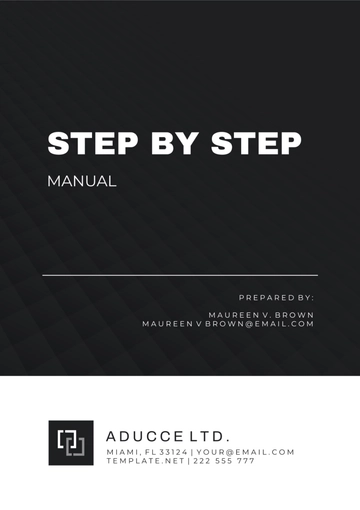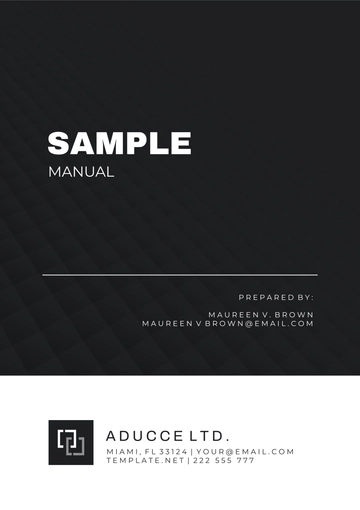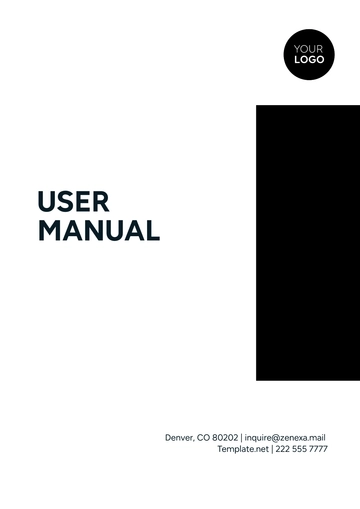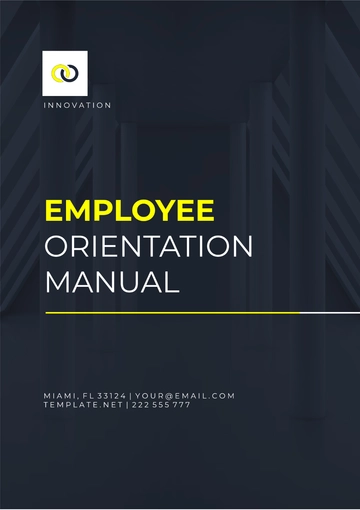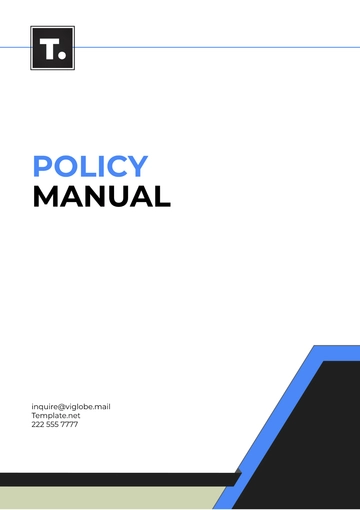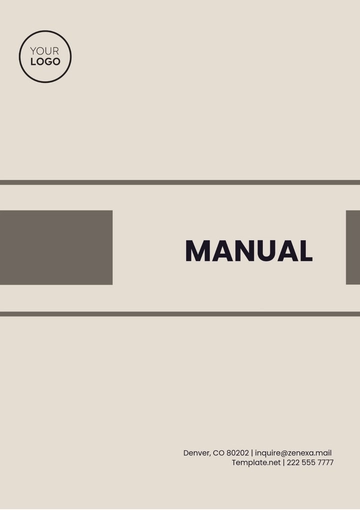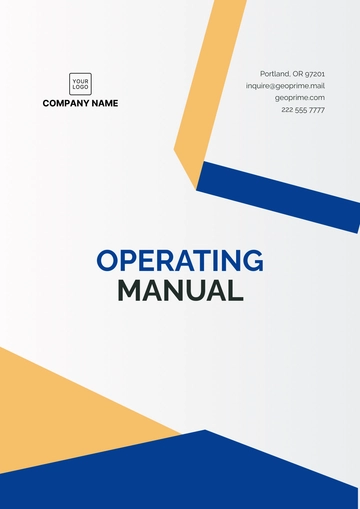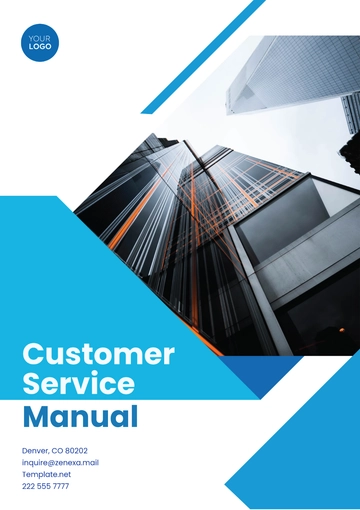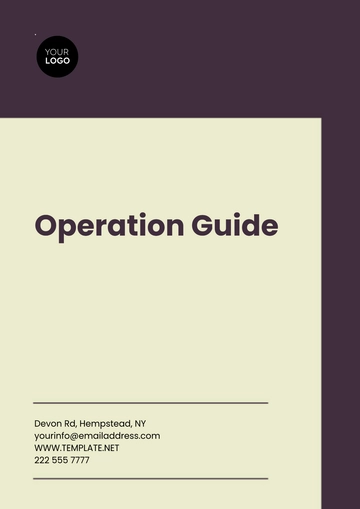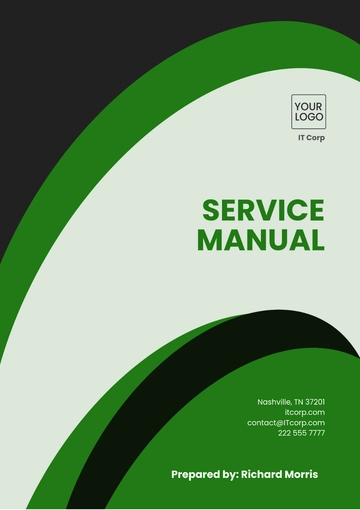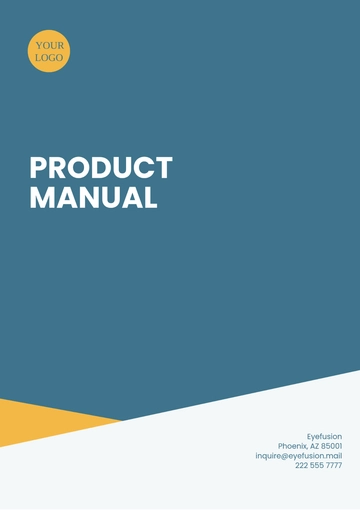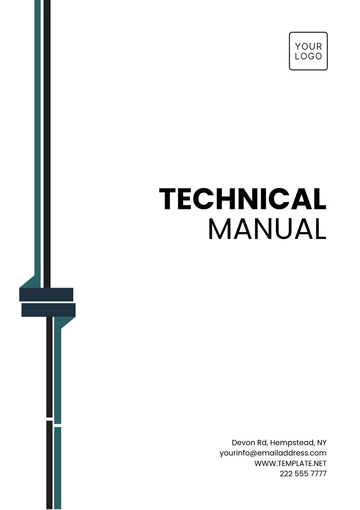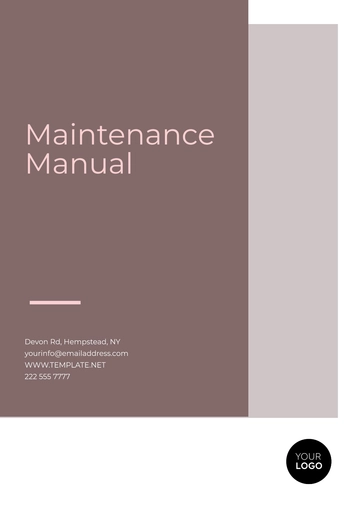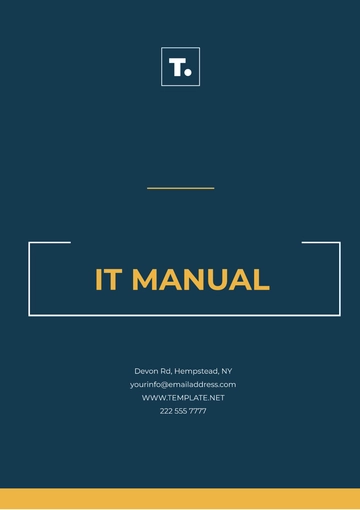Free Media Relations Training Advertising Manual
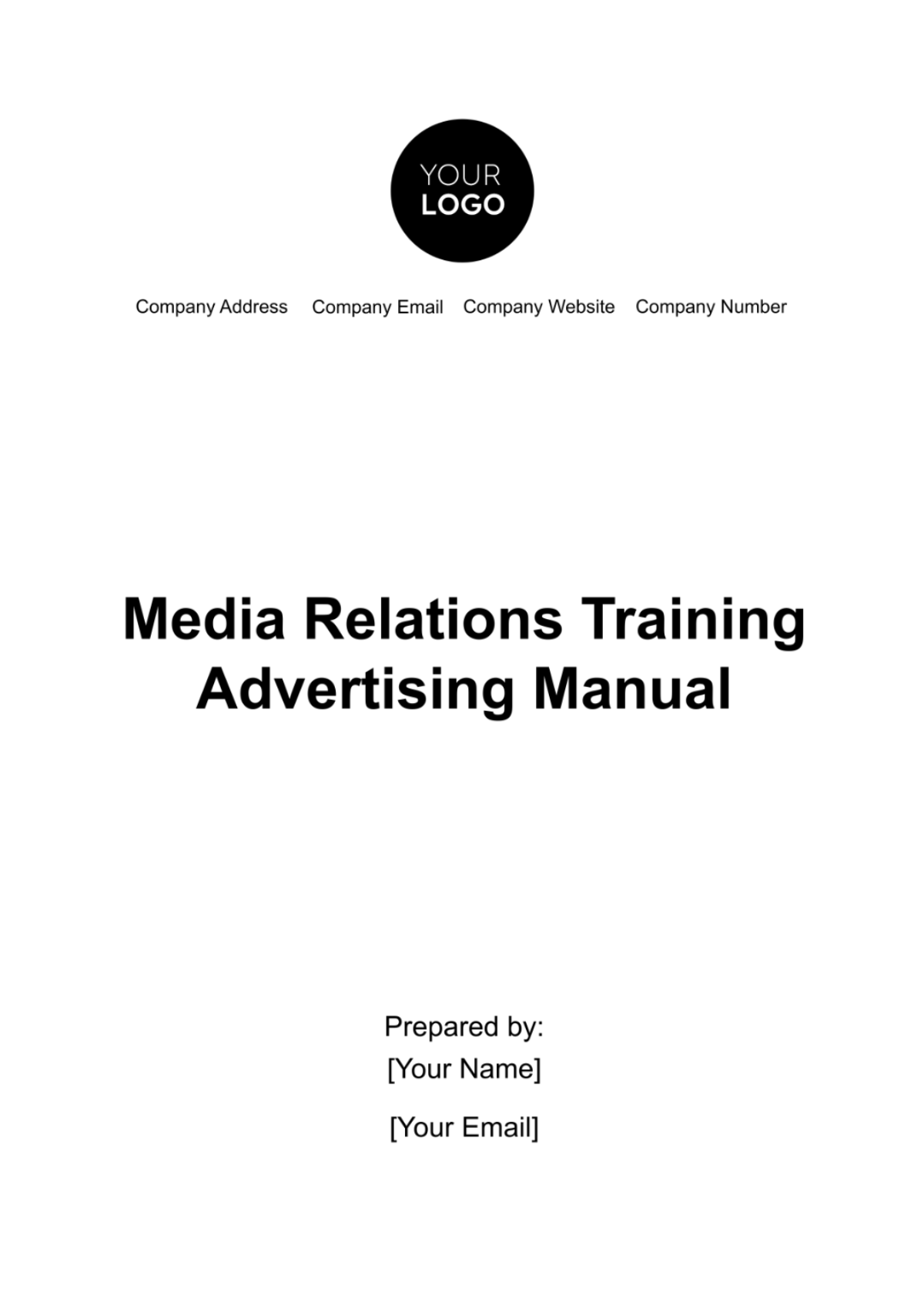
Introduction
Welcome to the cutting-edge world of Media Relations Training. This manual is your comprehensive guide to mastering media interactions, crafting compelling messages, and effectively managing public relations campaigns. We'll delve into strategies, tools, and best practices to enhance your skills and confidence in dealing with various media platforms.
Chapter 1: Understanding the Media Landscape
The Role of Media in Advertising
Objective: Grasp the impact of media on public perception and brand image.
In today's digital age, media plays a crucial role in shaping public opinion and brand perception. Understanding different media channels and how they influence your audience is key. Traditional media, like newspapers and TV, offer broad reach but limited interaction. Digital media, such as social media and blogs, provide interactive and targeted platforms.
Types of Media Outlets
Media Type | Characteristics | Usage in Advertising |
Traditional | Broad reach, formal | Brand awareness, Press releases. |
Digital | Interactive, targeted | Engagement, Targeted campaigns |
Emerging | Innovative, niche audiences | Brand differentiation, Experiential marketing |
Chapter 2: Crafting Your Message
Key Components of an Effective Message
Objective: Create messages that resonate with your audience.
A compelling message is clear, concise, and relevant. It should have an emotional appeal that connects with the audience on a personal level. For example, a campaign for a new sports drink might focus on the message of "Unleash Your Potential," which speaks to the aspirations of fitness enthusiasts.
Message Tailoring
Media Type | Approach | Example Message |
Traditional | Formal | "Experience Revolutionary Comfort with Our New Ergonomic Chairs" |
Digital | Conversational | "Hey fitness lovers, ready to unleash your potential?" |
Emerging | Innovative | "Step into the future of fitness with our VR workout sessions" |
Chapter 3: Engaging with Journalists
Building Relationships
Objective: Develop strong connections with media professionals.
Building relationships with journalists is about understanding their interests and adapting your approach. Attend industry events, engage in meaningful conversations, and be a reliable source of information. This rapport can lead to more coverage and a positive portrayal of your brand.
Media Interviews
Interview Type | Preparation | Key Tips |
In-person | Research, Dress appropriately. | Be concise, maintain eye contact. |
Phone | Quiet environment, Notes ready. | Speak clearly, avoid filler words |
Live Broadcast | Practice, Understand setting. | Stay calm, handle unexpected questions gracefully. |
Chapter 4: Crisis Communication
Handling Negative Publicity
Objective: Manage crisis situations to mitigate negative impact.
When a crisis strikes, immediate response and transparency are crucial. Develop a crisis communication plan that includes designated spokespersons and clear messages. For instance, if a product defect is reported, quickly acknowledge the issue and communicate the steps being taken to address it.
Post-Crisis Recovery
Step | Action | Outcome |
Acknowledgment | Public apology, Accept responsibility. | Trust rebuilding starts. |
Corrective Action | Implement changes, Update stakeholders. | Demonstrates commitment to improvement. |
Rebuilding Trust | Consistent communication, new initiatives | Restores public confidence. |
Chapter 5: Measuring Success
Metrics and Analytics
Objective: Measure the effectiveness of media relations efforts.
Success in media relations can be gauged through various metrics. Analyze the extent and tone of media coverage, track audience engagement on digital platforms, and assess the reach of your press releases.
Continuous Improvement
Feedback Source | Action Items | Expected Result |
Media Reviews | Adjust messaging, Improve relations. | Better media coverage |
Audience Feedback | Refine campaigns, Enhance engagement. | Increased brand loyalty |
Internal Review | Staff training, Strategy refinement | Improved campaign performance |
Chapter 6: Leveraging Social Media
Social Media Strategy
Objective: Develop a cohesive and effective social media presence.
Social media is a powerful tool for engaging directly with your audience. An effective strategy involves understanding the unique aspects of each platform and tailoring your content accordingly. For instance, Instagram is ideal for visual storytelling, while Twitter is suited for real-time engagement and news updates.
Social Media Campaigns
Platform | Content Type | Example Campaign |
Visuals, Stories | "30 Days of Fitness" challenge with daily workout posts | |
Quick updates, Polls | Live Q&A sessions, Polls on new product features | |
Professional articles, Company news | Thought leadership articles, Company achievements. |
Chapter 7: Digital Advertising Techniques
Creating Compelling Online Ads
Objective: Craft online advertisements that capture attention and drive action.
Digital advertising requires a mix of creativity and strategic placement. Use compelling visuals and concise messages that resonate with your target audience. A/B testing different ad formats and messages can help identify the most effective approach.
Ad Placement and Targeting
Ad Type | Targeting Strategy | Expected Outcome |
Banner Ads | Website relevance, User interests | Increased click-through rates |
Video Ads | Demographic targeting, Behavioral targeting | Higher engagement and brand recall |
Social Media Ads | Platform-specific targeting, Lookalike audiences | Enhanced reach and conversions |
Chapter 8: Event Planning and Management
Organizing Press Events
Objective: Plan and execute press events that effectively convey your message.
Press events such as product launches or press conferences are opportunities to make a significant impact. The key is meticulous planning, from choosing the right venue to preparing press kits and ensuring media attendance.
Maximizing Event Impact
Event Type | Preparation | Follow-up |
Product Launch | Demo setup, Media invitations. | Distribute press releases, post-event engagement. |
Press Conference | Agenda setting, Speaker training. | Media follow-ups, Release highlights |
Webinar | Technical setup, Promotional campaign | Share recordings, Gather feedback. |
Chapter 9: Content Marketing and Storytelling
The Power of Storytelling in PR
Objective: Utilize storytelling to create compelling and memorable brand narratives.
Storytelling in PR is about crafting narratives that resonate with your audience and reinforce your brand identity. This involves using real-life examples, customer testimonials, and emotional appeals to create a connection with the audience. For instance, a campaign for an eco-friendly product might share stories of how it positively impacts the environment and users' lives.
Creating Engaging Content
Content Type | Purpose | Example |
Blog Posts | Educate and inform. | "How Our Product is Changing Lives" |
Video Testimonials | Humanize the brand. | Customer stories of product impact |
Infographics | Simplify complex information. | Visual data on product benefits |
Chapter 10: Media Training for Executives and Spokespersons
Preparing for Media Interactions
Objective: Equip executives and spokespersons with skills to effectively represent the brand.
Effective media training includes teaching how to handle tough questions, maintain message discipline, and present confidently. Role-playing and mock interviews are excellent ways to prepare for various media scenarios.
Best Practices for Media Appearances
Aspect | Best Practice | Example |
Messaging | Stay on topic, Be concise. | Prepare key message points. |
Body Language | Maintain eye contact, Positive posture. | Practice in front of a mirror/camera |
Q&A Sessions | Anticipate questions, Stay calm under pressure. | Develop a FAQ sheet for practice. |
Chapter 11: Monitoring and Responding to Media Coverage
Media Monitoring Tools and Techniques
Objective: Track and analyze media coverage to gauge brand perception and campaign effectiveness.
Utilizing media monitoring tools helps in keeping track of what is being said about your brand across various channels. This includes tracking mentions, sentiment analysis, and identifying key influencers.
Responding to Media Coverage
Type of Coverage | Response Strategy | Example Response |
Positive Coverage | Acknowledge and share | Highlight and thank the source |
Neutral Coverage | Provide additional information | Offer insights or additional facts |
Negative Coverage | Address concerns, Offer solutions. | Issue a statement or clarification. |
Conclusion
This manual has covered the essential aspects of media relations training, from understanding the media landscape to leveraging social media and organizing impactful events. The field of media relations is dynamic, requiring continuous learning and adaptation. Use these strategies and best practices as a foundation to build and refine your skills. Embrace innovation, stay informed about emerging trends, and strive for excellence in all your media relations endeavors.
- 100% Customizable, free editor
- Access 1 Million+ Templates, photo’s & graphics
- Download or share as a template
- Click and replace photos, graphics, text, backgrounds
- Resize, crop, AI write & more
- Access advanced editor
Empower your team with Template.net's Media Relations Training Advertising Manual Template. This editable, customizable manual provides comprehensive training in media relations for advertising. Covering key techniques and strategies, it prepares professionals to communicate effectively with media, manage interviews, and represent their brand confidently and effectively.
